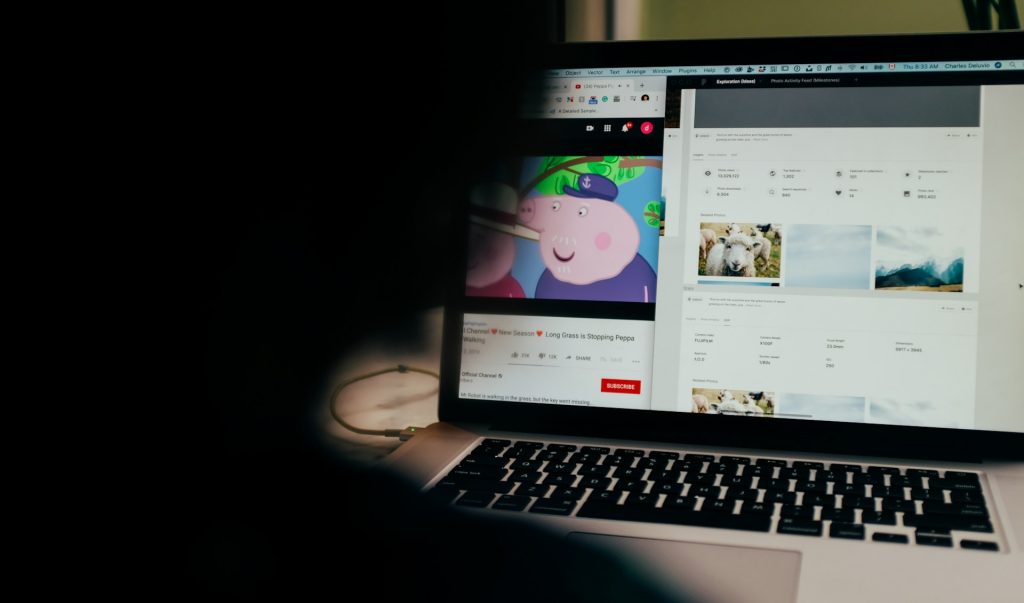
Creating Educational Resources and Tutorials for Community Members
Educational resources and tutorials play a pivotal role in empowering community members with knowledge and skills. Whether you’re a business aiming to provide value to your customers, a nonprofit seeking to educate your audience, or a community leader striving to uplift your group, creating effective educational content is crucial. This article will explore how to develop comprehensive, engaging, and accessible educational resources and tutorials.
Understanding Your Audience
1. Identify the Needs and Interests
The first step in creating educational resources is understanding the needs and interests of your audience. Conduct surveys, polls, or focus group discussions to gather insights into what your community members want to learn. Look for common pain points, frequently asked questions, and trending topics within your community.
2. Segment Your Audience
Different segments of your community may have varying levels of expertise and interests. Segment your audience based on criteria such as age, experience level, profession, and learning preferences. This will help you tailor your content to meet the specific needs of each group, ensuring that your resources are relevant and impactful.
Planning Your Content
1. Set Clear Objectives
Before creating any educational material, define clear objectives. What do you want your community members to learn or achieve after going through your resources? Setting specific, measurable, achievable, relevant, and time-bound (SMART) goals will provide a roadmap for your content creation process.
2. Choose the Right Format
Educational resources can take many forms, including written articles, video tutorials, infographics, webinars, and interactive e-learning modules. Choose the format that best suits your audience’s preferences and the complexity of the topic. For instance, video tutorials might be more effective for demonstrating practical skills, while written guides can be ideal for in-depth explanations.
Developing High-Quality Content
1. Research Thoroughly
Comprehensive and accurate information forms the backbone of any educational resource. Conduct thorough research using reliable sources to ensure that your content is factually correct and up-to-date. Cite your sources where appropriate to build credibility and provide additional reading material for those interested in exploring the topic further.
2. Make It Engaging
Engagement is key to effective learning. Use storytelling, real-world examples, and case studies to illustrate your points. Incorporate visuals such as images, charts, and diagrams to break up the text and make complex concepts easier to understand. Interactive elements like quizzes, polls, and discussion forums can also enhance engagement and reinforce learning.
3. Use Clear and Simple Language
Avoid jargon and complex language, especially if your audience includes beginners. Use simple, clear, and concise language to explain concepts. Break down information into manageable chunks, using headings, subheadings, bullet points, and numbered lists to organize your content and make it easier to follow.
Creating Tutorials
1. Step-by-Step Instructions
Tutorials should provide step-by-step instructions that guide learners through a process or task. Each step should be clearly numbered and described in detail. Use screenshots, diagrams, or video clips to visually demonstrate each step. Ensure that the steps are logically ordered and easy to follow.
2. Test Your Tutorials
Before publishing your tutorials, test them with a sample of your audience to identify any potential issues or areas of confusion. Gather feedback and make necessary revisions to improve clarity and effectiveness. Consider creating a beta version of your tutorial and iterating based on user feedback.
3. Provide Support
Offer support to learners who might have questions or need assistance while using your tutorials. This could be through a dedicated helpdesk, a community forum, or live Q&A sessions. Providing support not only helps learners but also fosters a sense of community and engagement.
Distributing Your Resources
1. Choose the Right Platforms
Distribute your educational resources on platforms where your audience is most active. This could include your website, social media channels, email newsletters, or dedicated e-learning platforms. Utilize multiple channels to reach a broader audience and increase the visibility of your resources.
2. Optimize for Search Engines
Ensure that your educational content is search engine optimized (SEO) to make it easily discoverable. Use relevant keywords in your titles, headings, and throughout your content. Write meta descriptions that accurately summarize the content and encourage clicks. Optimize images and videos with appropriate tags and descriptions.
Measuring Success
1. Track Engagement Metrics
Use analytics tools to track engagement metrics such as page views, time spent on page, video watch time, and completion rates. These metrics provide insights into how your audience is interacting with your content and can help identify areas for improvement.
2. Collect Feedback
Regularly collect feedback from your audience to understand their learning experience and gather suggestions for improvement. Use surveys, feedback forms, and direct interactions to gather qualitative insights that can complement your quantitative data.
3. Adjust and Improve
Based on the data and feedback you collect, continuously adjust and improve your educational resources. Stay updated with the latest trends and advancements in your field to ensure your content remains relevant and valuable.
Conclusion
Creating educational resources and tutorials for community members is a rewarding endeavor that can significantly enhance knowledge and skills within your community. By understanding your audience, planning effectively, developing high-quality content, distributing it strategically, and measuring success, you can create impactful educational resources that empower and engage your community members. Remember, the key to success lies in continuous improvement and adapting to the evolving needs of your audience.

